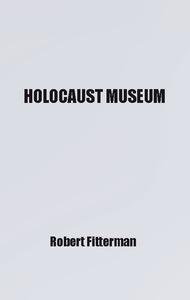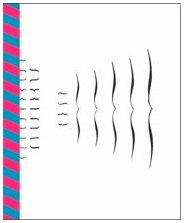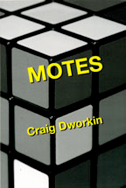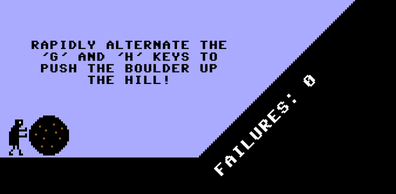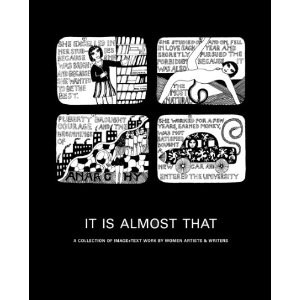Radical Books of 2011, 6/10
Galerie de Difformité, Gretchen E. Henderson, &NOW Books, 9780982315637
Cross the form of a Choose-Your-Own-Adventure book with fragmented, cut-up, torn-up, stretched, and unconventionally printed text. Skip the “of” of an English title and give it a French name, using the “de” form. Bend book into blog. Deformity here includes transgressing the boundaries of authorship and inviting “user-generated” fascicles. Work the book’s text into something despicable or respectable: Fill out the form. Click to put Ye Ugly Face on Facebook. The story’s play of conspiracies and resurrections resonate with the transformations of the reading process that book and reader enact. Further, the exercises in textual topology – and lettered exhibits calling for further deformation – show that remixing is not just for one-note works such as Dramatic Chipmunk. The book, and indeed this thoughtfully developed artist’s book, can also serve as seed for elaborate transformation and convolution.



